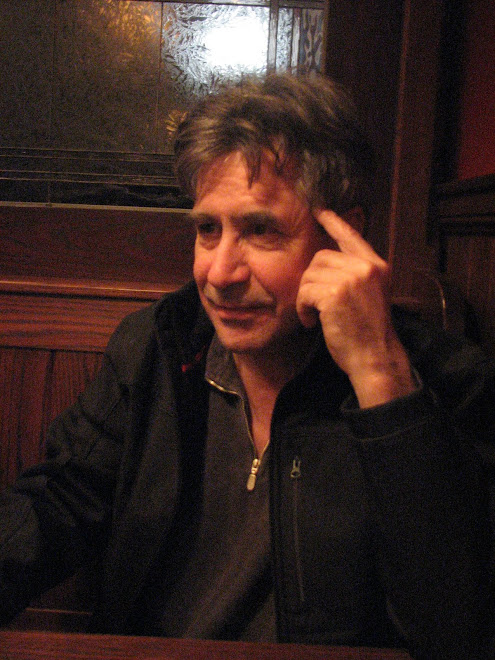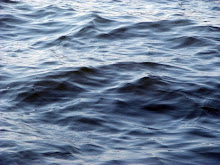From time to time I receive unsolicited emails from folks wanting to know if I am interested in their material. I always am. Here's a couple of recent grabs from my mailbag.
These photos and the drawing come from a Dutchman who wishes to remain anonymous. He originally sent the material to Dylan Winter, of Keep Turning Left, who forwarded them to me as he figured I am the most eclectic sail blogger on the internet, a tag I'll gladly accept.This boat is described by the sender in this way :
VD 93 is a "Markerrondbouw "named "Anna Elisabeth " build in 1936 inMakkumin Holland.She is made of steel and designed as a sailing fishing vessel for theIJsselmeer .Lenght 10,5 m beam 3.8 m deep 0.9 and a displacement of +/- 11m ton .
All material,courtesy 'anonymous'
Howard Potts sent me these photos of his work building skin on frame canoes.



skin on frame canoes which intrigued me, and I wrote back requesting he respond with his design brief and a bit of his passion. I give you Howard's response:
Thomas,I'm glad that I have sparked your interest in my canoes. Boat
building can be a solitary activity much of the time, and it's often a hit-and-miss process communicating to others what is behind the process,so I'm happy to send you details of my work.
As regards photos I have a collection running into several hundred,
so choosing what to send is not easy. There is also the limitation in the size of the packet of information that can be sent at one time to consider. In view of this it is often the case that physical
transmission is the quickest when large amounts are involved - say a CD or memory stick. [ It's been remarked that transmission by carrier
pigeon can still a viable alternative depending on the amount of data and the point to point locations ].
Regarding who and what I am: I am a professional engineer, who
retired early in 1991. Part of my career was spent in naval
engineering. At the outset of my retirement I started building model
ships - an activity I still indulge in from time to time. This led to aiding a friend in design and construction of model yachts -
specifically in the US One meter class. This in turn led me on to the realization that now that computation costs about one thousandth what it did 40 years ago, the time had come to introduce mathematics into hull design. Over the last 15 years or so I have been engaged in this process. Basically it solves the age-old problem of drawing hull lines which can be accurately and simply reproduced, as well as ensuring that the lines are " fair " - that is do not incorporated wiggles in the surface.
Having been part of the design and construction process, it was a
natural transition to start building small boats. Being Canadian it was natural to choose to build a canoe. My first attempt was in 2006 and I started building a double-skinned monocoque of my own design of 3 meters length in my garage. Like many first attempts it ended in disaster. In 2008 I had the opportunity to rent my own workshop, and since June of last year I have built 3 skin-on-frame canoes - each one different from the other, and all to my own design.
The first boat was put in the water this year. It appears in the bottom photo, and shows a friend paddling. You will note the almost flat sheer
line. It is constructed of ash wood and covered with treated hemp
cloth. Note also the series of bumps on the hull surface - these are
the lashings which hold the stringers and frames together. My later
boats use less material in the lashings and are therefore less
prominent. This canoe - called " Little Bear " weighs 50 lb.
The next photo shows " Little Bear " alongside the next build
which I refer to as " Archie ". Little Bear has the solid plywood
floor, and Archie the lathe floor. The name Archie refers to how the
hull is constructed: each stringer is a circular arc. Archie also has a more pronounced sheer line than Little Bear.
The photo above this shows Archie in the showroom along with some manufactured kayaks. And the first photo shows Archie under construction - specifically with the gunwale strap being glued in place. The third boat [ a photo of which you already have ] - provisionally named " Sparrow ", after a sparrow flew into the shop and perched on it - good omen I think. She is also designed using circular arc stringers and has a prominent sheer and what I think is a natty bow/stern profile. The main difference that Sparrow has is the use of circular section stringers - the others use a square-section. To incorporate a square stringer it is necessary to twist it between the main section and the bow/stern positions, so that one side of the stringer remains tangential to the hull surface. Use of circular sections obviates this and makes for easier construction.
Each of the 3 canoes is 14 ft overall length, and their weight is
progressively less each time. Sparrow's frame is at present 30lb, but the finished boat will be maybe 5lb heavier. This ensures that old codgers like me can handle them fairly easily. They have good secondary stability and are intended for recreational use on lakes, and would not do well in most river settings due to the hemp covering. Being wood and canvas they are not exactly maintenance free, but will appeal to lovers of wooden craft, free of synthetic material, and incorporating no metal except bronze pad-eyes.
My latest design uses a parametric function for mainframe and
stem/stern profiles which is the result of about 15 years research intothe problem of hull form mathematics. Using these forms, stringers are deployed between them according to a simple formula: recall that 3 defined points in 3-space will define both a plane and a circular arc in that plane. So, defining points on the stem and stern post as well as on the main frame will define a circular arc to which the stringer is bent. Another design feature is that all the stringers on one side lie in parallel planes. The form of the sections, or ribs, is therefore theresultant of the stringer configuration. The diagram I sent you last time illustrates this and also demonstrates that a fair shape results.
I hope this answers some of you questions. Please feel free to stay
in touch.
Best Regards,
Hal Potts.










2.JPG)





















No comments:
Post a Comment